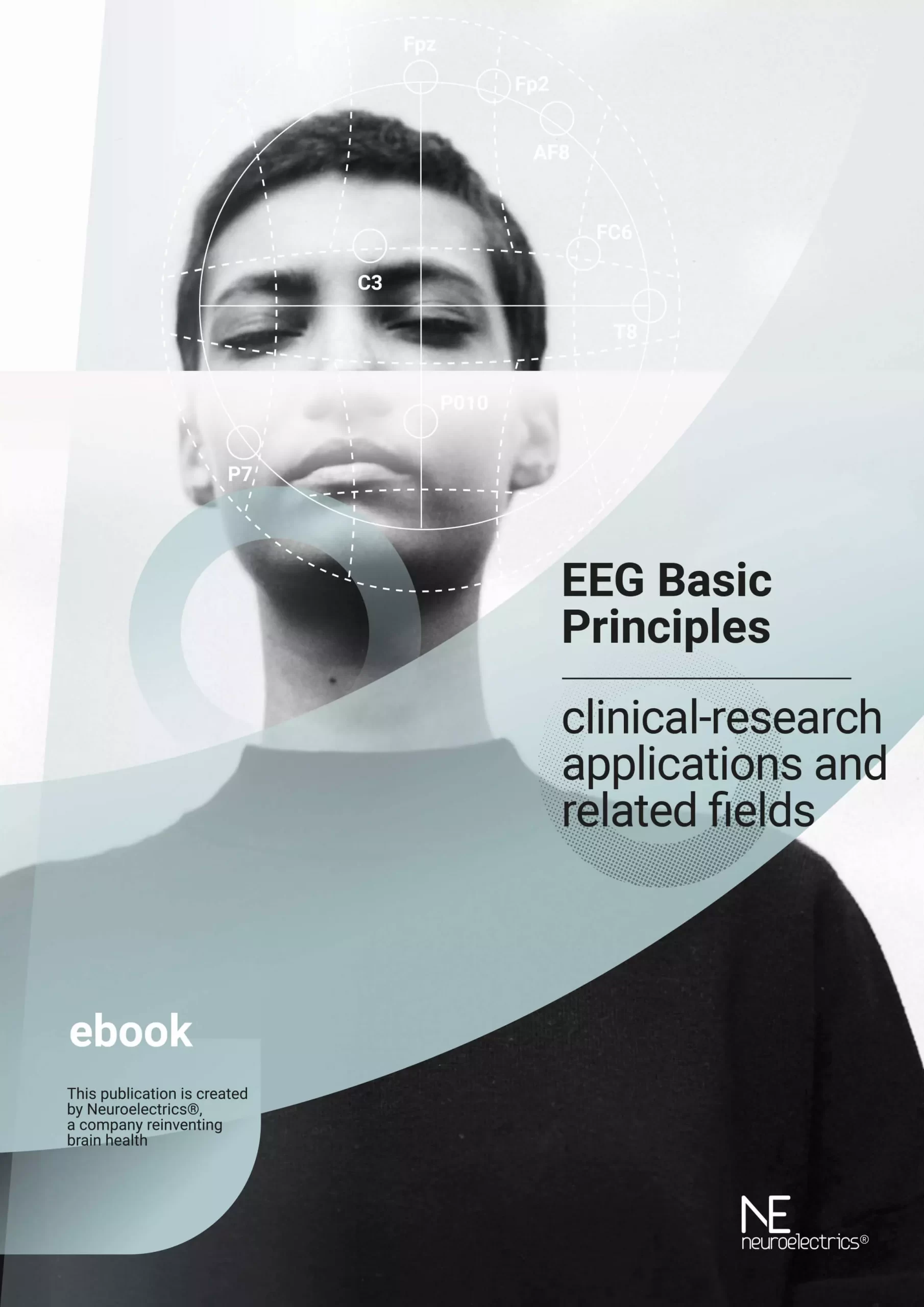EEG
EEG
What is EEG?
EEG (electroencephalography) is the measurement of electrical potential differences across points on the scalp. These are the result of electrical activation of diverse brain areas and are associated with brain function. The coherent activity of cortical pyramidal neurons generates ionic currents and these, in turn, give rise to an electric field and scalp electric potential.
Why is it useful?
EEG opens a window into the functioning brain because neural function relies on electrochemical communication. The electric fields generated by the cortex provide a powerful, direct measure of its processes via EEG. Although other important techniques exist to study brain function, such as magnetoencephalography (MEG) or functional magnetic resonance imaging (fMRI), EEG is easy to use and offers excellent temporal resolution (millisecond scale).
EEG can be deployed in ambulatory settings. It is routinely used in clinical settings with epileptic patients and the study of human sleep, and its uses are expanding into other areas, including anesthesiology and the development of brain health biomarkers (e.g., in Parkinson’s or Alzheimer’s disease).
Today’s wearable, wireless EEG enables flexible experimental protocols in natural settings. EEG experiments typically require multiple recording sessions because the measurement of EEG is exposed to various sources of noise, brain function evolves with time, and there exists intra- and inter-personal variability. But now, researchers can perform all of these experiments outside of the lab, such as in the comfort of the subject's home.
Synergies
The measurement of EEG is improved with concurrent measurements that allow for motion artifact correction. EEG can be conveniently combined with tES or TMS since all these technologies are based on the electrical nature of the human brain. EEG can be used to study changes induced by tES, TMS or peripheral sensory stimulation.
Modern “hybrid” systems include both technologies in the same platform. EEG can also be easily integrated with NIRS, for example, which uses light for the study of brain function through its metabolism.
Research EEG devices allow for precise synchronization across systems, including stimulus generators for Event-Related Potentials (ERPs), evoked potentials, and hyperscanning – the coordinated, concurrent acquisition of EEG in a large group of subjects.
Applications
Basic research with EEG has as a goal of deciphering the way the human brain works. By altering its operating point using brain stimulation in combination with tasks, further information can be gathered on the fundamental mechanisms. Clinical research focuses on the discovery of biomarkers for diagnosis or prognosis and their physiological meaning. Examples of this include Parkinsons’s disease, Alzheimer’s disease, ADHD and schizophrenia. Clinical applications of EEG include anesthesia monitoring, epilepsy diagnosis, and sleep studies.
Beyond basic and clinical research, other applications include brain-computer interfaces, neurofeedback, neuromarketing, affective computing (emotion recognition), biometry (EEG-based security) and hyperscanning (the study of brain oscillations in interacting brains) to name a few.


